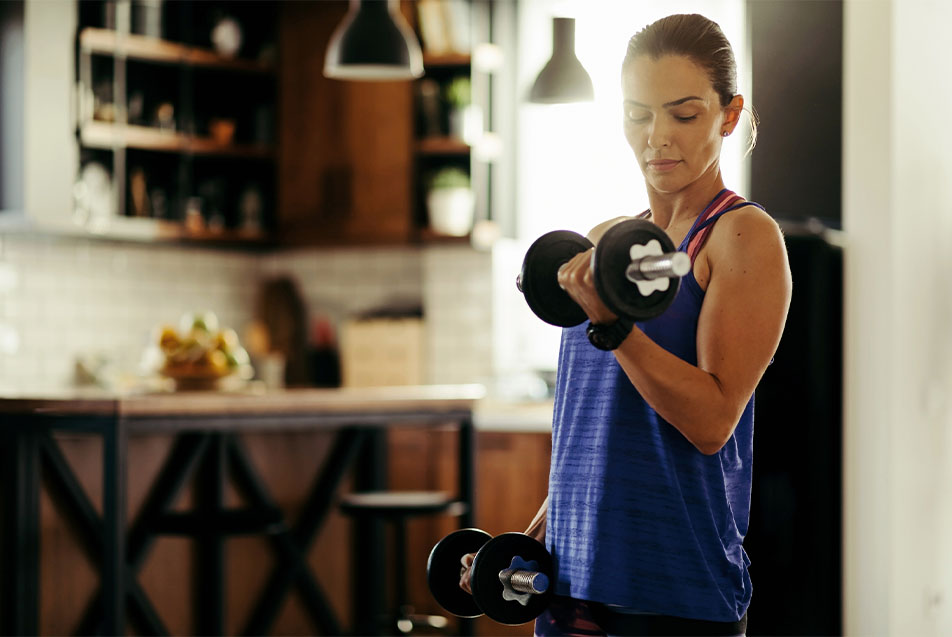
This post was written by Alessandra Castaneda, human performance specialist, Parkview Sports Medicine.
Spot training is a common myth in the fitness world. It’s the idea that you can select a specific part of your body and lose fat exclusively in that area. While it would be lovely to have the ability to target areas that we want to tone, the short answer to the question, “Can you spot train?” is no, you can’t.
The truth about fat loss is that your body does not select where it loses fat. There are a variety of reasons for an individual’s weight, and the factors that go into the number on the scale can be genetic, metabolic and environmental. There are two types of fat distribution: gynoid (pear-shaped body) and android (apple-shaped body). A pear-shaped individual tends to store more fat in their hips and thigh areas versus an apple-shaped individual who stores fat in the abdominal and trunk region.
Fat loss
The best way to achieve fat loss is through a negative caloric balance. A negative caloric balance means that we are using more calories than we are consuming. A good way to achieve this balance is through proper nutrition, resistance and cardiovascular training.
Resistance training is important to help increase lean body mass, which elevates the number of calories we use at rest. When resistance training, it’s important to focus on compound lifts such as squats and lunges versus isolation exercises such as leg extensions and bicep curls. Cardio is important to help us increase that caloric expenditure.
Ways to achieve a caloric deficit
As previously mentioned, achieving a caloric deficit will help with fat loss. There are three main things you should prioritize when in a caloric deficit:
Making sure you are still eating foods high in protein and nutrients. Often, when people see that they need to eat fewer calories, they just stop eating. You still need meals that are high in protein and nutrients, just with fewer calories. Using a meal tracking app or journal can help you monitor the foods you are consuming and their nutrition profile.
Getting plenty of sleep. Sleep is important for our body to recover and build muscle. It will take your body some time to adjust to the caloric deficit, and sleep can help with all aspects of this phase and your progress.
Drinking lots of water. As always, it’s important to stay hydrated to help our muscles and our body function as efficiently as possible. Keep water with you at all times, and be sure to drink during and after you exercise.
Source
Smith, D., & Fiddler, R. (2012). Clients With Nutritional and Metabolic Concerns. In J. Coburn, & M. Malek, NSCA’s Essentials of Personal Training (2nd ed., pp. 489-519). Champaign, IL: Human Kinetics.



